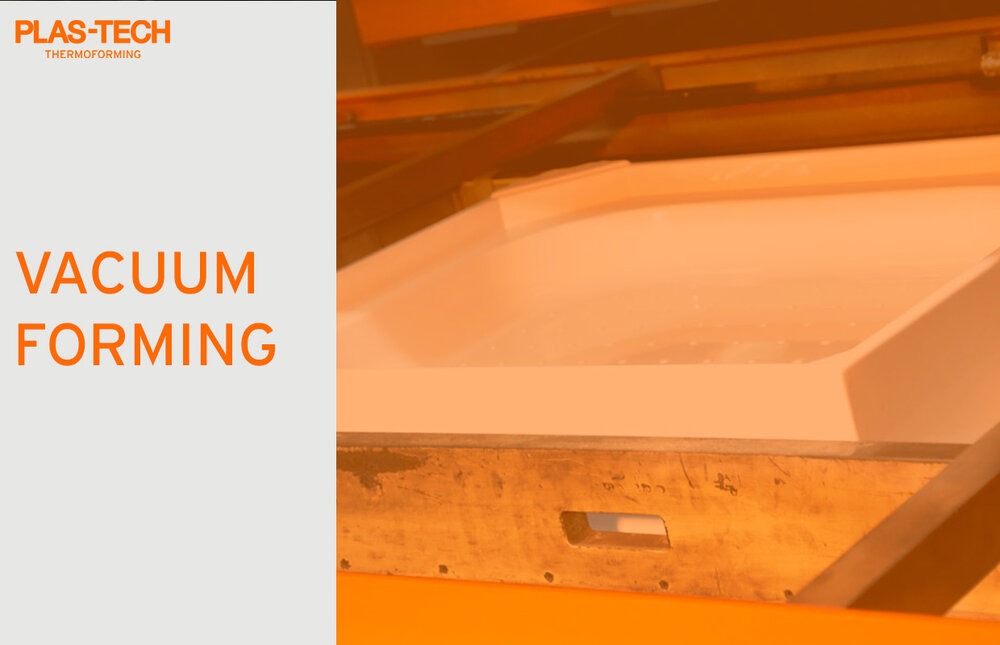Vacuum formed products are all around us and play a major part in our daily lives. It is an industrial technique which may be used for small batch production or mass production, providing us with our everyday essentials of all things plastic.
How does it work?
It starts with an extruded thermoplastic sheet, this is laid flat and heated to around 170oc dependant on the material. Once heated, it is blown with air and laid onto the mould tool. A vacuum then removes all the air and the part is moulded around the tool. Suitable materials for use in vacuum forming are thermoplastics, the most common and easiest to use is ABS and HIPS.
What are the benefits?
Vacuum forming has a number of benefits, for example:
Precision
Vacuum formed products are more precise to design specifications. This is important for parts if they are required to fit over another object. Vacuum forming minimises error during the production process and offers consistent repeatability.
Design Flexibility
By using moulds, vacuum forming enables products to realise the design aesthetics of a designer/company. It also fulfils practical design requirements.
Cost Effective
It has a comparatively low cost of tooling. Due to the open tool design. A further benefit, is that large parts can be produced from one sheet of plastic, reducing quantity costs.
Time Efficient
It is an economical choice of production. With the simple production process, less time is spent between the design and outcome product.
At Plas-Tech Thermoforming, we have 7 vacuum forming machines up to 2.5m x 3.0m x 1.3m. We work with large to small components and process materials including ABS, HIPS, Polypropylene, HDPE and Polycarbonate. We can do customer colours and stock colours, as well as a variety of textures and finishes including embossed, high gloss, soft feel and decorative foils.
For more information on Vacuum Forming or any of our other services browse the rest of our website, or give us a call on 01964 544 544.
Ends.
